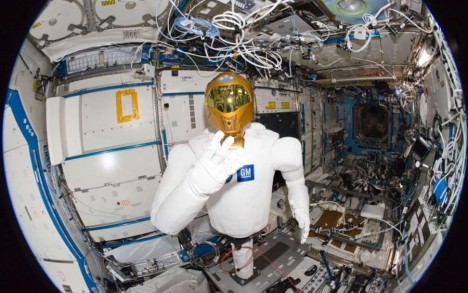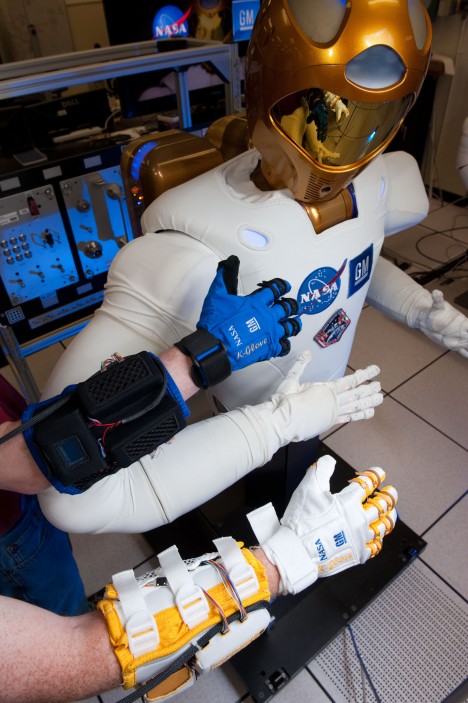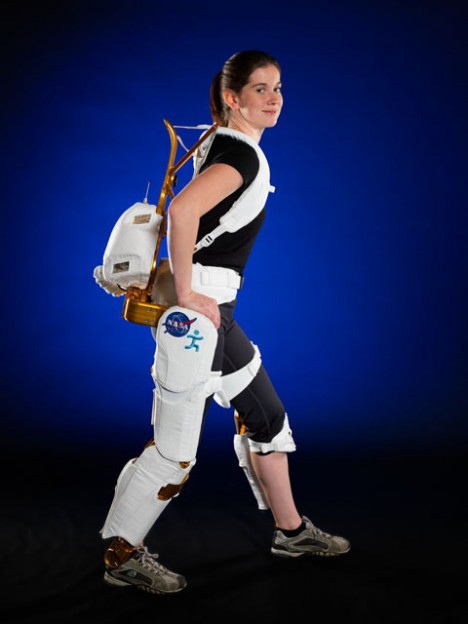
Designed to be guided by experts on Earth unable to join the crew of the International Space Station, the world’s first robotic astronaut has been awarded the NASA Government Invention of the Year award for 2014.

One of the key potential benefits of putting this Robonaut 2 (the 1 never made it into orbit) in space is the ability to provide remote human skills not available to astronauts – for instance, ground surgeons can strap on a control glove to perform emergency operations.

The predecessor to this space-walking bot was built as a ground prototype to explore the potential for a humanoid robot to help astronauts during spacewalks by preparing worksites and providing an extra pair of dexterous hands during maintenance tasks. Another “advantage of a humanoid design is that Robonaut can take over simple, repetitive, or especially dangerous tasks on places such as the International Space Station.”

The robot was evaluated for its award based on a variety of criteria: Aerospace Significance, Industry Significance, Humanitarian Significance, Technology Readiness Level, NASA Use, Industry Use and Creativity. Part of the progress shown in this invention relates to other applications, such as the creation of exoskeletons both to assist astronauts but also to help factory workers or disabled people back on our home planet.

